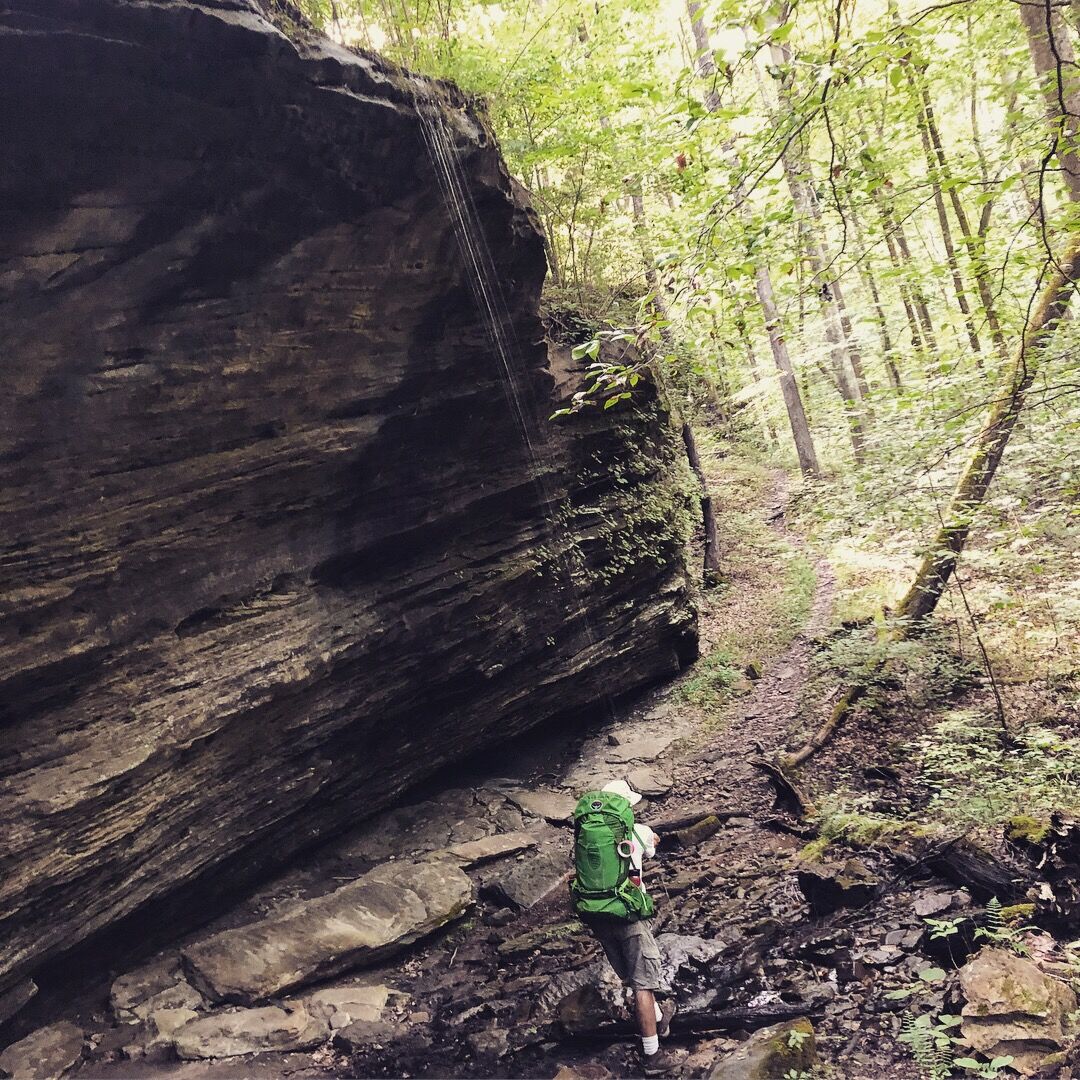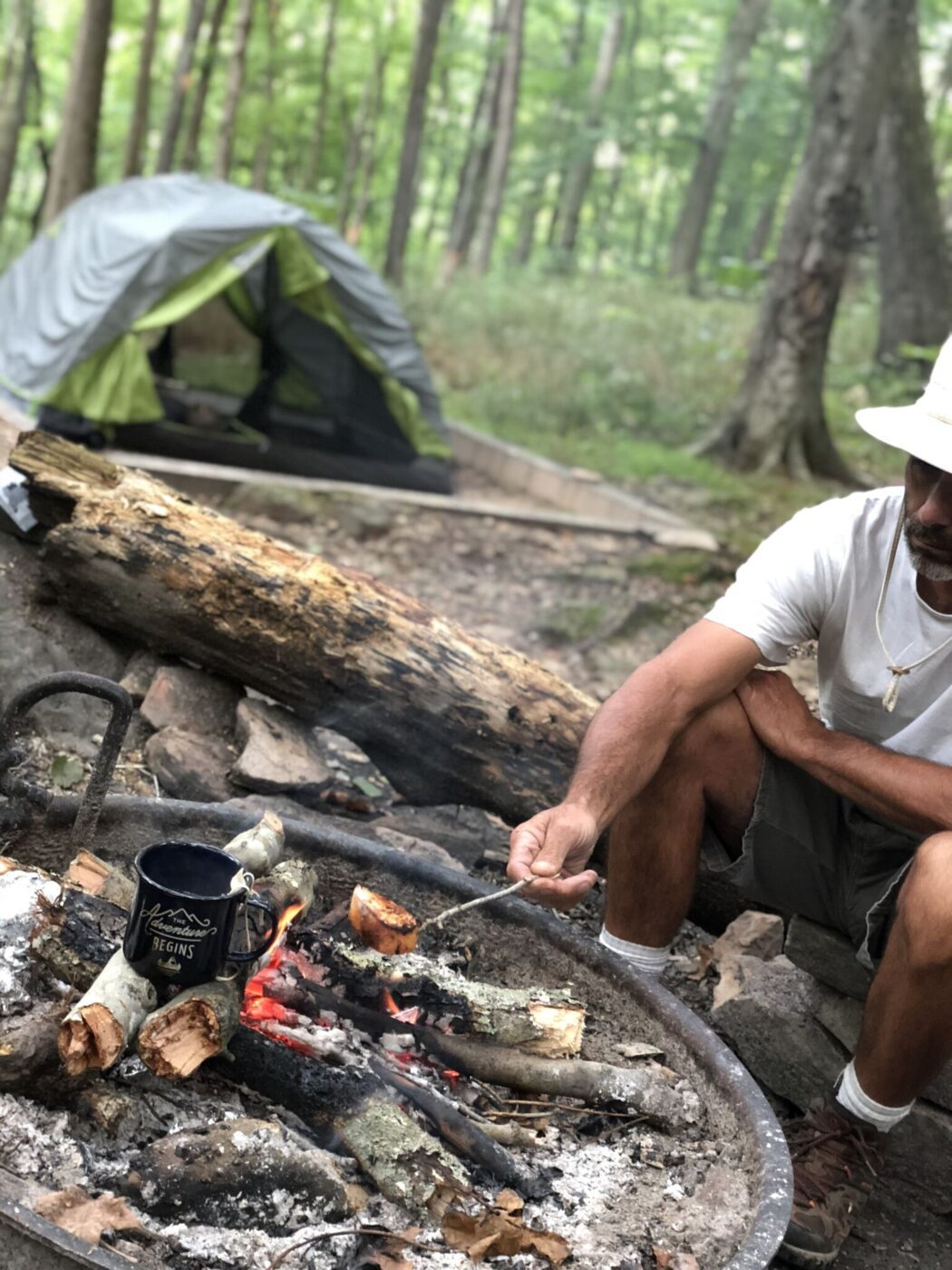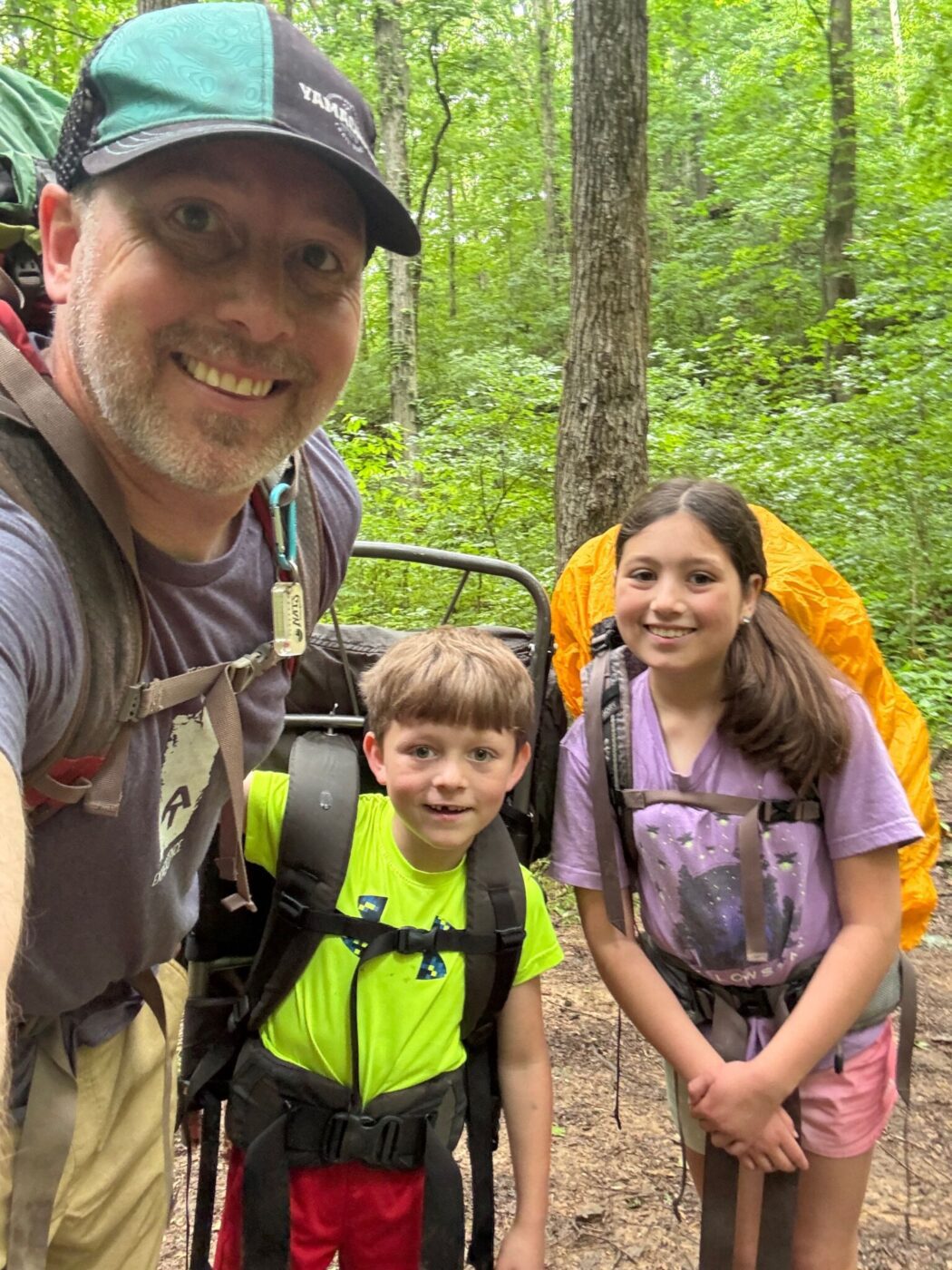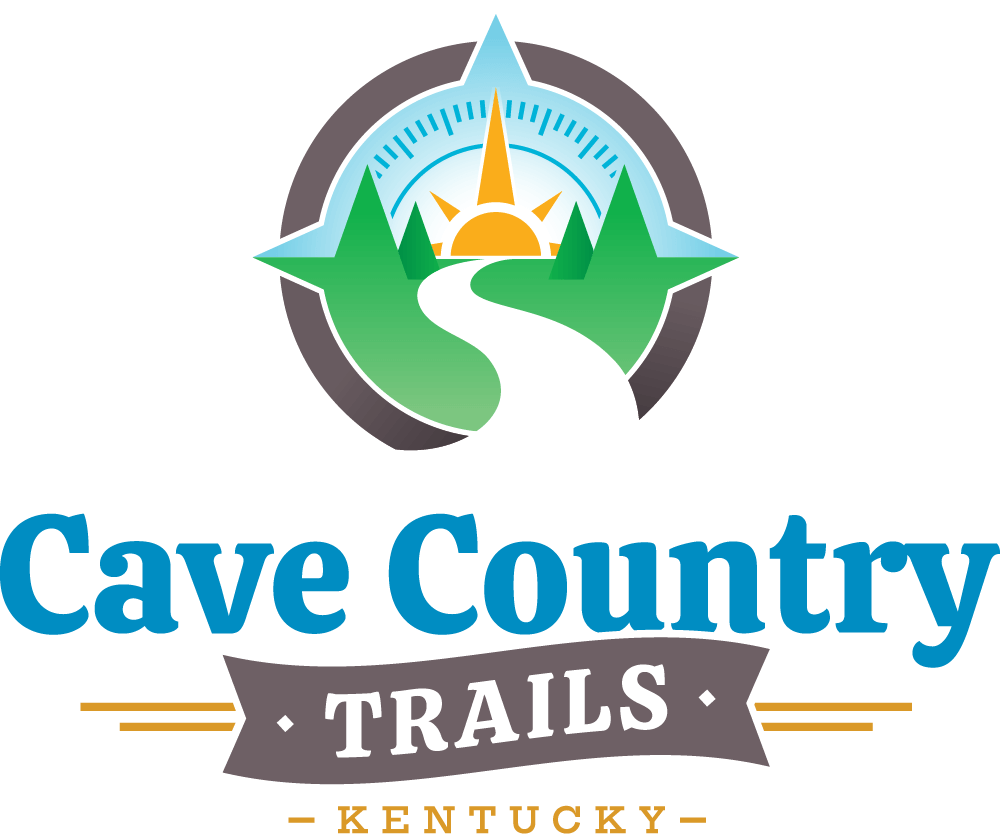Backpacking Adventures in Mammoth Cave National Park
Mammoth Cave National Park is renowned for its world-famous cave system, but its nearly 53,000 acres of surface wilderness also offer a haven for backcountry enthusiasts. With 13 backcountry campsites and a network of trails that weave through pristine forests, rolling hills, and river valleys, this park provides an unforgettable experience for backpackers seeking both adventure and solitude.
Exploring the Backcountry
The backcountry trails of Mammoth Cave National Park are a treasure trove for those eager to immerse themselves in nature. Each trail varies in difficulty, length, and scenery, providing options for both novice backpackers and seasoned adventurers.
Among the 13 designated backcountry campsites, you’ll find peaceful spots surrounded by Kentucky’s natural beauty. These campsites feature:
- Nearby water sources (except for McCoy Hollow—plan accordingly).
- Opportunities to enjoy wildlife, quiet woods, and starlit skies.
- Fire ring
- Tent pad
- Horse hitching posts
Backpackers should be prepared to treat and boil collected water to ensure it’s safe for drinking. Alternatively, carrying in your own water supply is a good option, especially for extended stays.

Riverside and Island Camping
For those who love combining paddling with camping, Mammoth Cave National Park offers unique riverside and island camping options. Accessible only by water, these sites provide a distinctive way to experience the park’s wilderness. Imagine paddling along the serene Green or Nolin Rivers before setting up camp on a secluded riverbank or island.
River camping permits are available up to seven days in advance, depending on water levels. Be sure to monitor conditions closely and plan your trip accordingly for a safe and enjoyable adventure.
A Permit is Your Key to Adventure
To preserve the park’s natural resources and ensure an excellent experience for all visitors, permits are required for all backcountry camping. These permits can be obtained through Recreation.gov.
Whether you’re planning to backpack through the wilderness or paddle to a riverside campsite, here are a few key tips:
- Apply for your permit in advance to secure your spot.
- Review park regulations to understand Leave No Trace principles and campsite rules.
- Check river water levels for paddling trips and plan accordingly.
Top Backcountry Trails in Mammoth Cave National Park
The park’s trail system provides an array of scenic routes for backpacking. While each trail offers its own unique appeal, here are some highlights to consider:
- First Creek Trail: A moderate trail with access to serene backcountry campsites and diverse landscapes.
- McCoy Hollow Trail: Challenging but rewarding, this trail features rugged terrain and fewer crowds—perfect for solitude seekers. Remember to bring extra water!
- Sal Hollow Trail: A popular choice that showcases lush forests and quiet hollows, this trail connects to other routes for extended backpacking trips.
Tips for a Successful Backpacking Trip
- Pack Smart: Bring essentials like a reliable tent, water filtration system, and first aid kit.
- Plan for Water: Always treat or boil water from natural sources, and carry sufficient supplies for trails like McCoy Hollow that lack nearby water.
- Check Conditions: Monitor trail and river conditions before heading out, especially for river camping.
- Practice Leave No Trace: Protect the environment by packing out all trash and respecting wildlife.

Why Mammoth Cave is a Backpacker’s Dream
With its vast wilderness, diverse trails, and serene camping options, Mammoth Cave National Park provides the perfect backdrop for an unforgettable backpacking adventure. Whether you’re trekking deep into the woods or paddling to a riverside retreat, the park offers endless opportunities to reconnect with nature and explore its hidden treasures.
Plan Your Backcountry Escape
Ready to embark on your Mammoth Cave backpacking adventure? Visit CaveCountryTrails.com for detailed maps, trail guides, and essential planning resources. Secure your permit, pack your gear, and get ready to discover the wild beauty of Kentucky’s backcountry!

Backpacking can be a family adventure. This family chose First Creek #1 for their first outing together.

